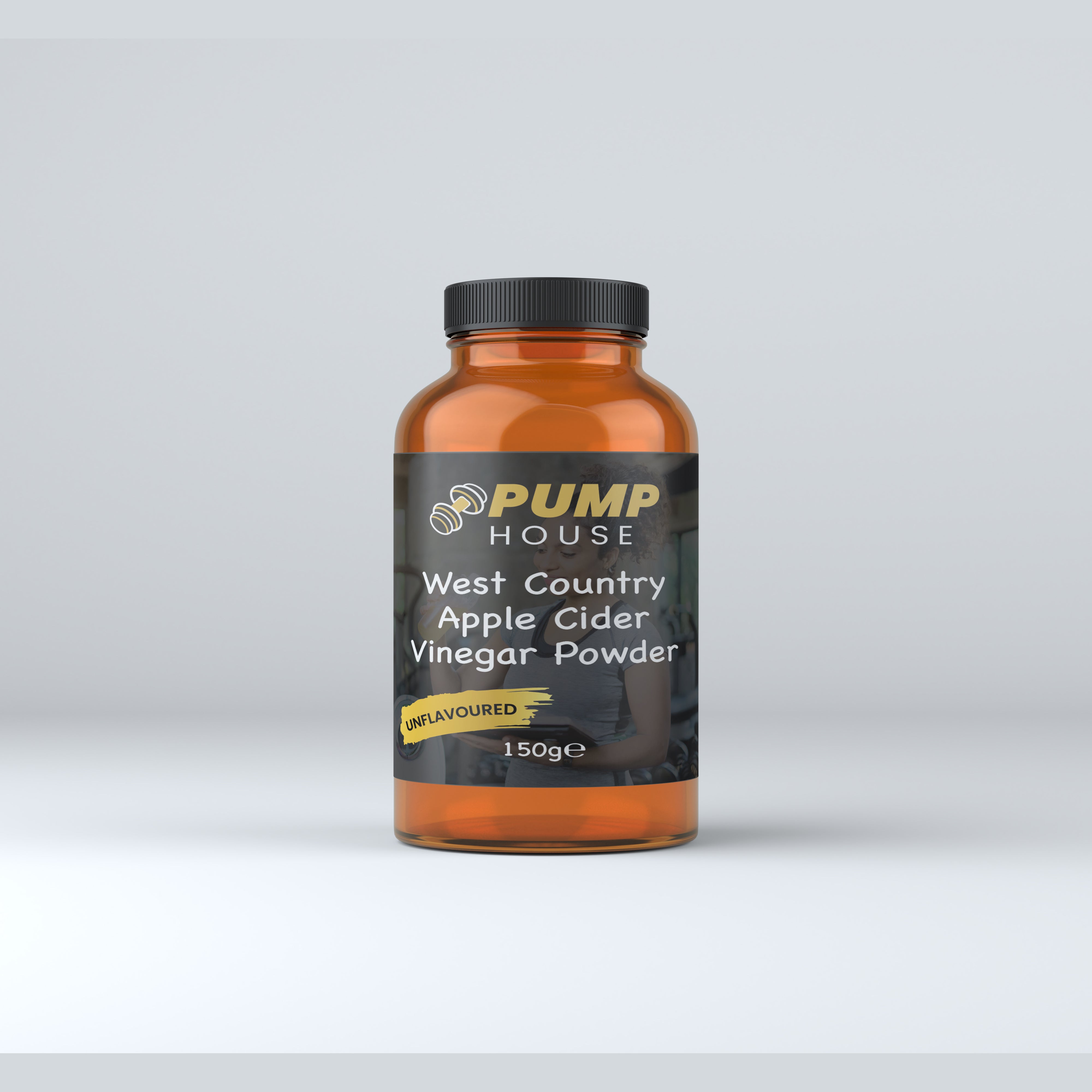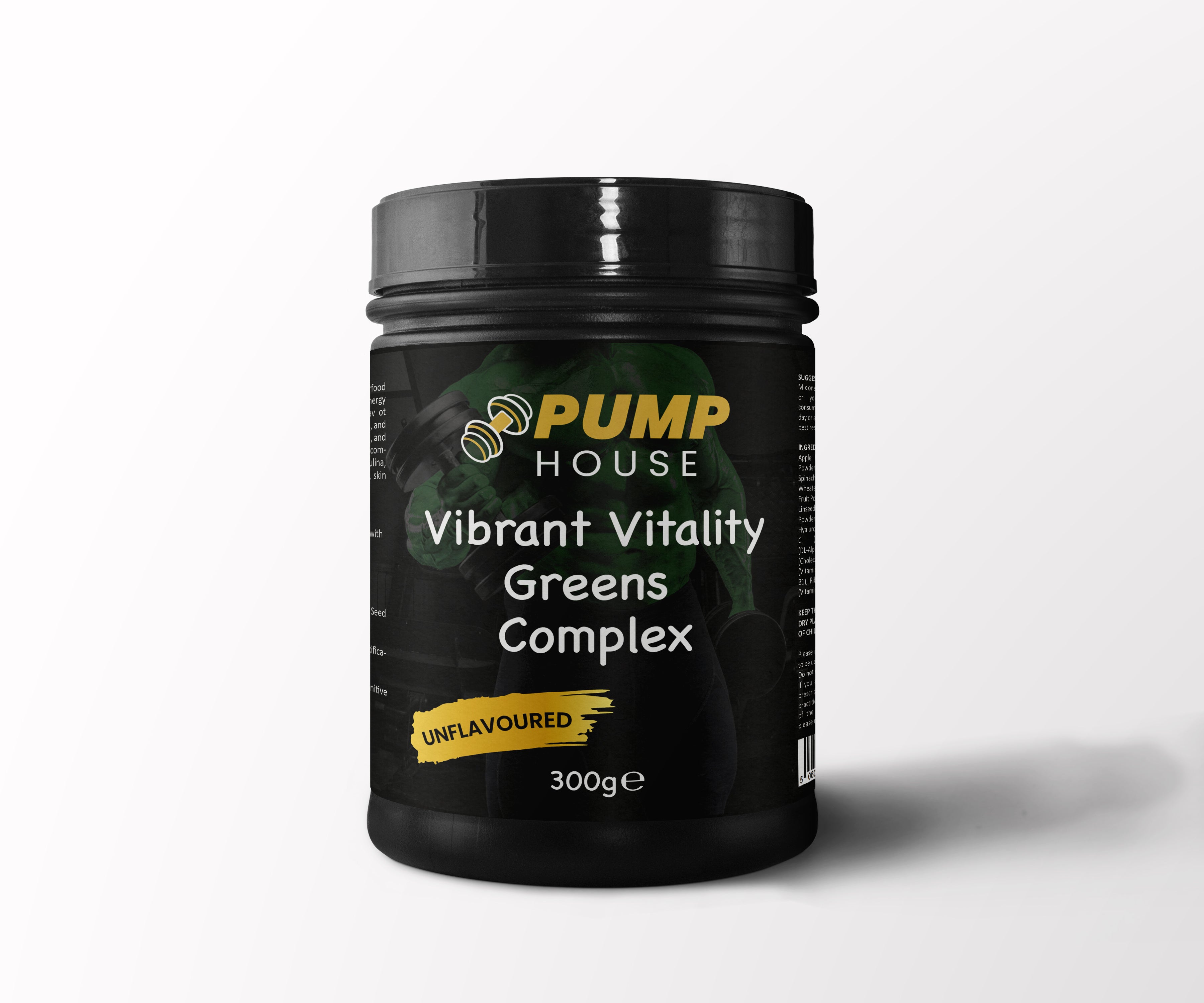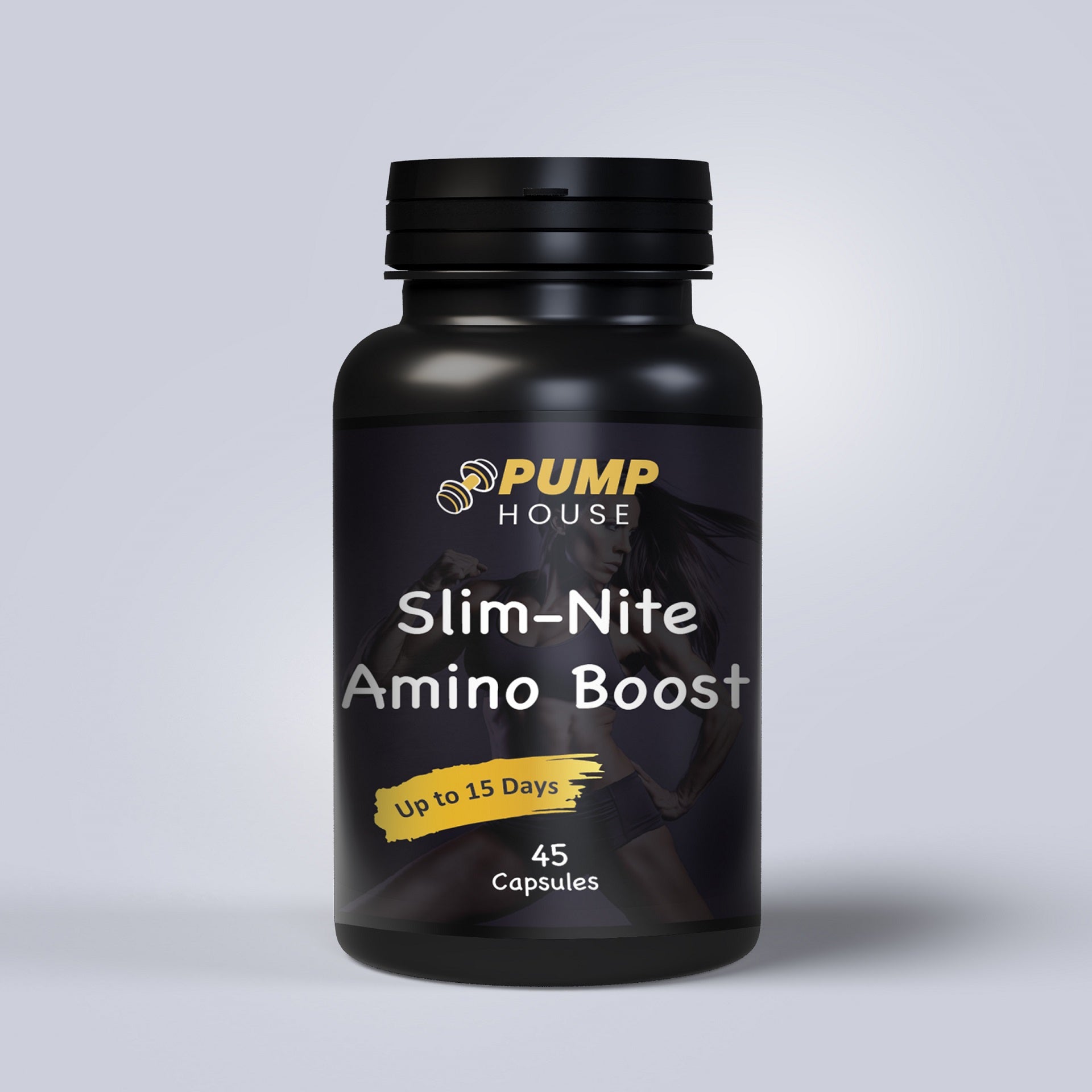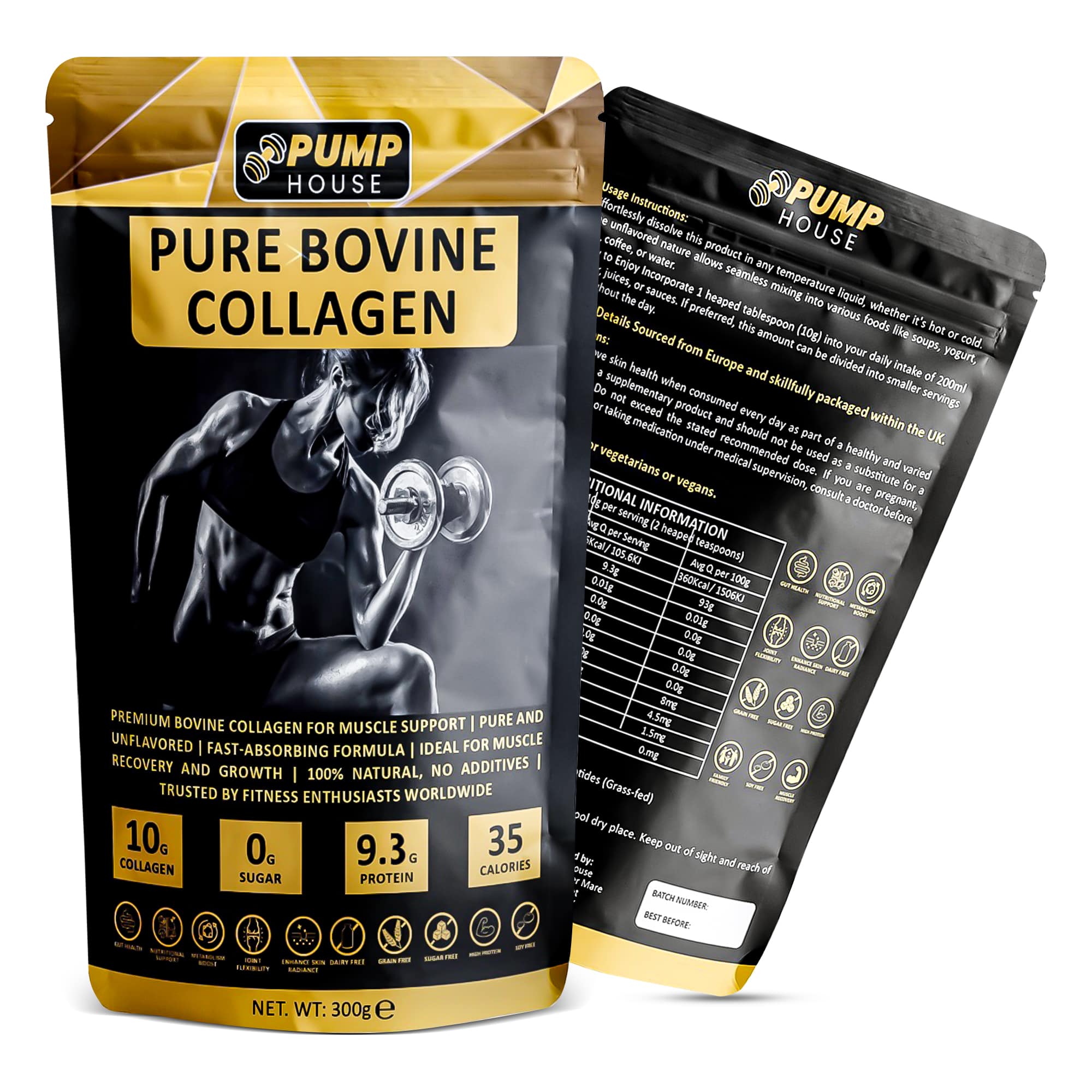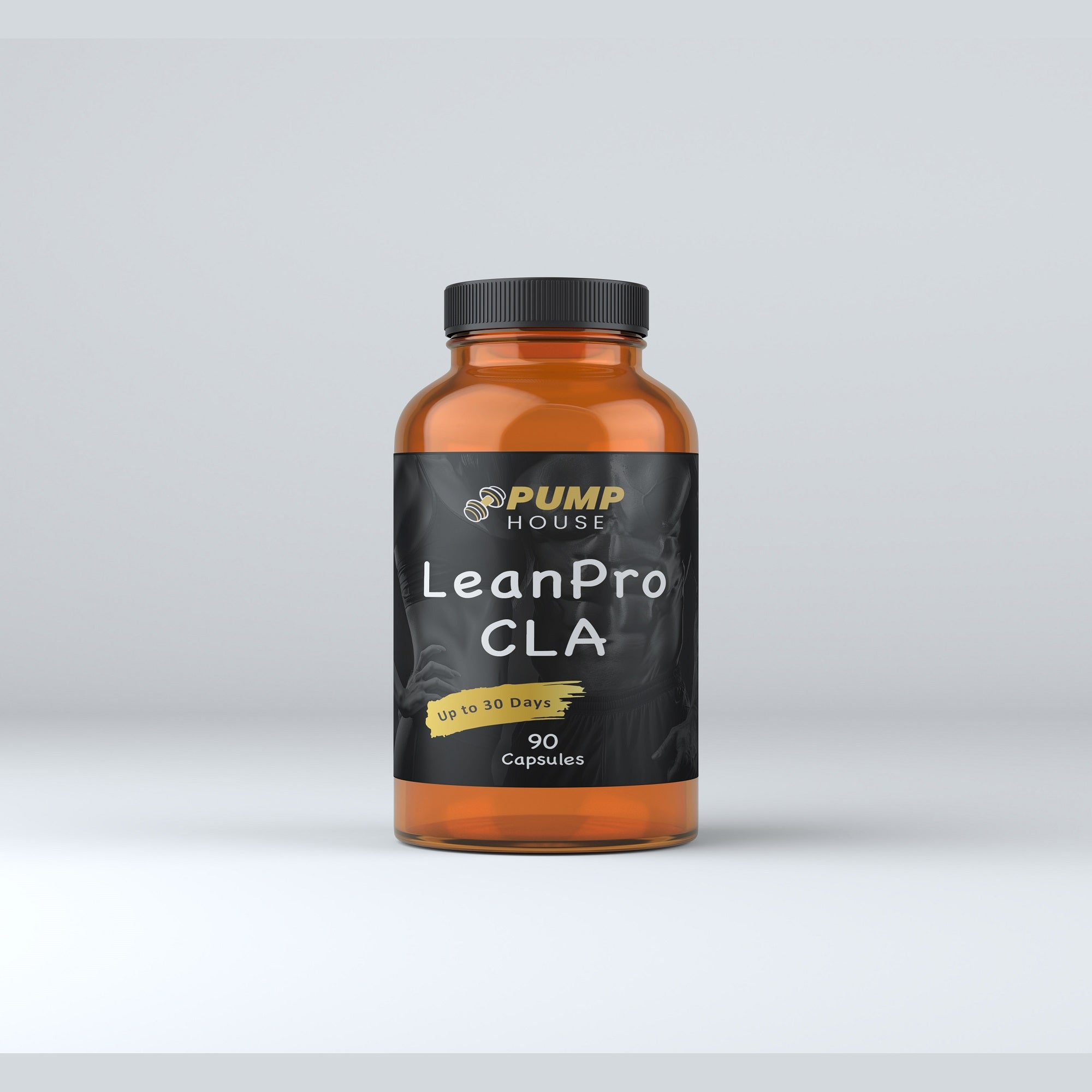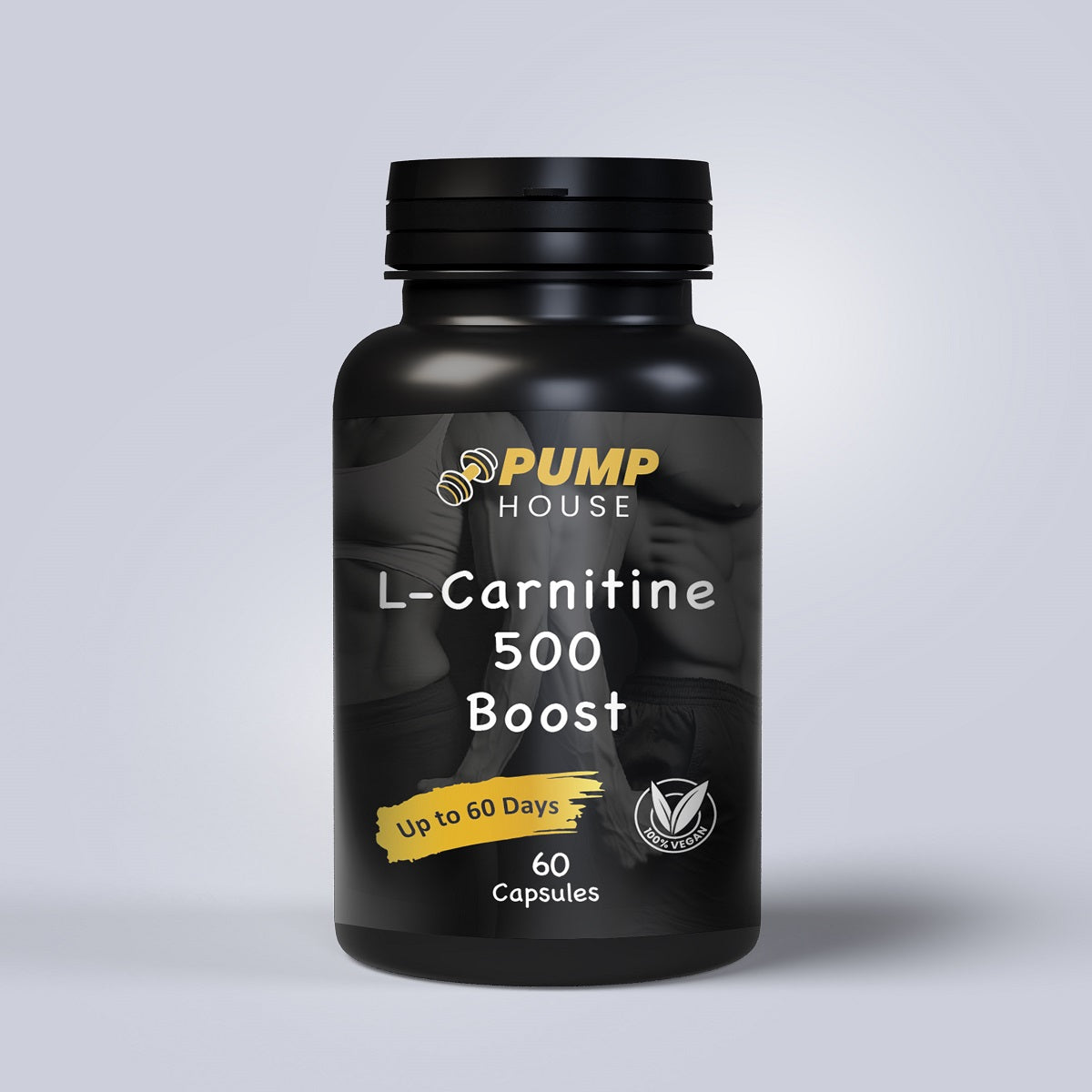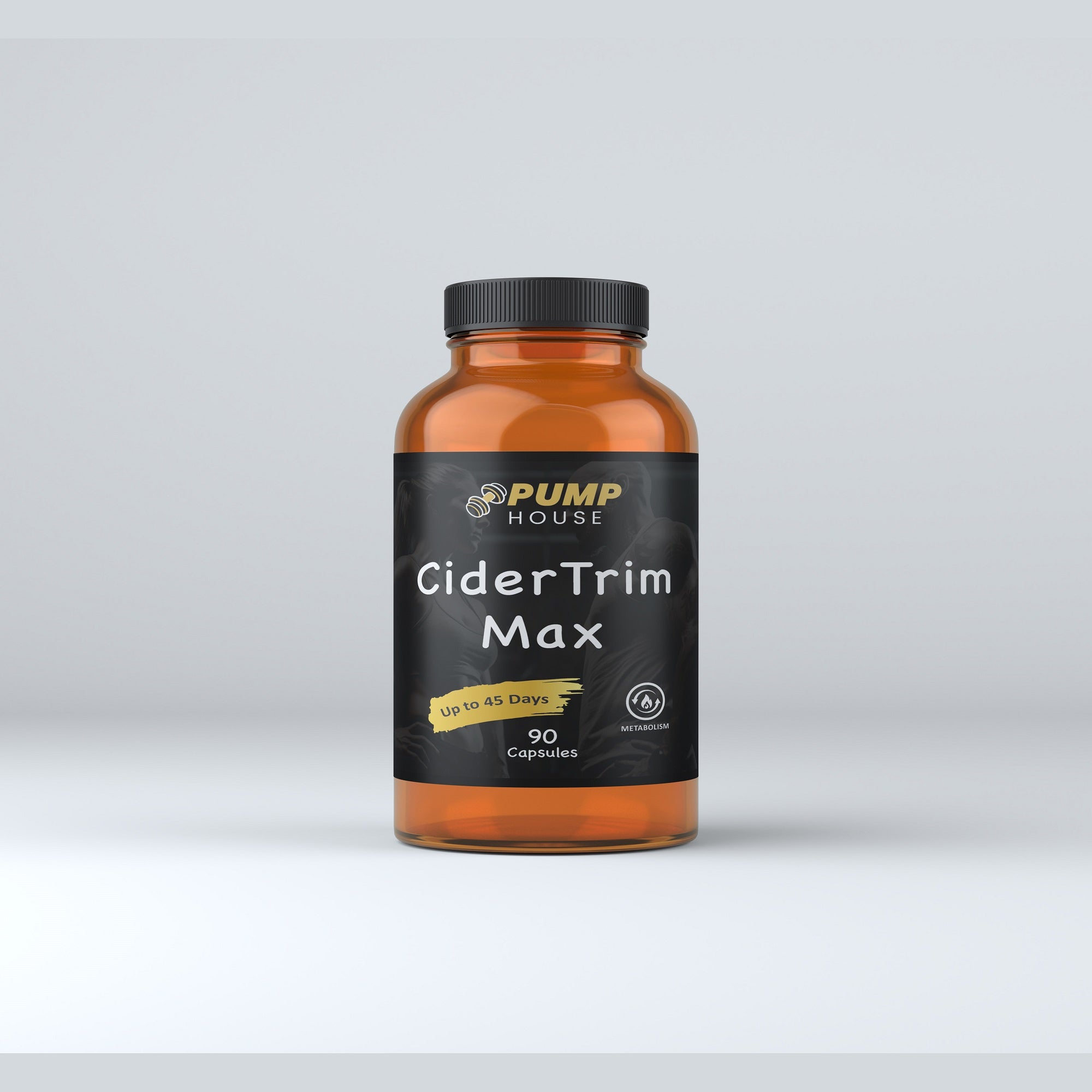
The Vital Role of Iron in Adolescent Sports Performance: Why Deficiency is a Game Changer
The Vital Role of Iron in Adolescent Sports Performance: Why Deficiency is a Game Changer
Introduction: The Importance of Iron in Adolescent Sports Performance
Iron is an essential mineral that plays a crucial role in sports performance, particularly in adolescent athletes. Iron is necessary for the production of hemoglobin, a protein in red blood cells that carries oxygen to the muscles. Without adequate iron levels, the body cannot transport oxygen efficiently, leading to decreased endurance, stamina, and overall athletic performance. Iron deficiency is a common issue among adolescent athletes, and it can have a significant impact on their ability to perform at their best.
Understanding Iron Deficiency and Its Impact on Athletic Performance
Iron deficiency occurs when the body does not have enough iron to produce adequate amounts of hemoglobin. This can lead to a condition called iron deficiency anemia, which is characterized by fatigue, weakness, and decreased exercise tolerance. Symptoms of iron deficiency anemia include pale skin, shortness of breath, rapid heartbeat, and difficulty concentrating. These symptoms can significantly impact athletic performance, as athletes may experience decreased energy levels, reduced endurance, and poor recovery.
The Prevalence of Iron Deficiency in Adolescent Athletes
Iron deficiency is a prevalent issue among adolescent athletes, with studies showing that up to 50% of female athletes and 20% of male athletes may be iron deficient. Adolescent athletes are at a higher risk of iron deficiency due to several factors. Firstly, they are going through a period of rapid growth and development, which increases their iron requirements. Secondly, many adolescent athletes may have poor dietary habits, relying on processed foods and skipping meals, which can lead to inadequate iron intake. Lastly, female athletes are at a higher risk due to menstrual blood loss, which can further deplete iron stores.
The Role of Iron in Oxygen Transport and Energy Production
Iron plays a crucial role in oxygen transport and energy production in the body. Hemoglobin, the protein in red blood cells that carries oxygen, requires iron to function properly. When iron levels are low, the body cannot produce enough hemoglobin, leading to decreased oxygen delivery to the muscles. This can result in fatigue, decreased endurance, and poor performance. Iron is also necessary for the production of adenosine triphosphate (ATP), the molecule that provides energy for muscle contractions. Without adequate iron, the body cannot produce ATP efficiently, leading to decreased energy levels and reduced athletic performance.
How Iron Deficiency Affects Endurance and Stamina in Young Athletes
Endurance and stamina are critical for many sports, particularly those that involve prolonged periods of physical activity, such as distance running, cycling, and swimming. Iron deficiency can have a significant impact on endurance and stamina in young athletes. When iron levels are low, the body cannot transport oxygen efficiently, leading to decreased oxygen delivery to the muscles. This can result in fatigue, shortness of breath, and decreased exercise tolerance. Young athletes with iron deficiency may find it challenging to maintain their performance levels and may experience a decline in their overall endurance and stamina.
Iron and Muscle Function: Why It Matters for Adolescent Sports Performance
Iron is essential for muscle function in adolescent athletes. Iron is necessary for the production of myoglobin, a protein that stores oxygen in muscle cells. Myoglobin helps provide oxygen to the muscles during exercise, allowing them to contract efficiently. When iron levels are low, the body cannot produce enough myoglobin, leading to decreased oxygen delivery to the muscles. This can result in muscle fatigue, weakness, and decreased athletic performance. Adequate iron intake is crucial for maintaining optimal muscle function and ensuring that adolescent athletes can perform at their best.
The Link Between Iron Deficiency and Injury Risk in Adolescent Athletes
Iron deficiency has been linked to an increased risk of injuries in adolescent athletes. When iron levels are low, the body cannot produce enough collagen, a protein that helps maintain the integrity of tendons, ligaments, and other connective tissues. This can lead to weakened connective tissues and an increased risk of injuries, such as sprains, strains, and stress fractures. Iron deficiency can also impair muscle function, making athletes more susceptible to muscle strains and tears. Adequate iron intake is essential for reducing the risk of injuries and ensuring the overall health and well-being of adolescent athletes.
The Importance of Iron for Mental Alertness and Concentration in Sports
Iron is not only crucial for physical performance but also for mental alertness and concentration in sports. Iron deficiency can lead to decreased cognitive function, poor concentration, and impaired decision-making abilities. This can significantly impact an athlete's ability to focus, react quickly, and make split-second decisions during competition. Adequate iron intake is essential for maintaining mental alertness and concentration, allowing adolescent athletes to perform at their best both physically and mentally.
Dietary Strategies for Preventing Iron Deficiency in Adolescent Athletes
Preventing iron deficiency in adolescent athletes requires a balanced and nutrient-rich diet. Here are some dietary strategies to ensure adequate iron intake:
1. Include iron-rich foods: Encourage adolescent athletes to consume foods rich in iron, such as lean meats, poultry, fish, beans, lentils, tofu, spinach, and fortified cereals. These foods provide heme iron, which is more easily absorbed by the body.
2. Pair iron-rich foods with vitamin C: Vitamin C enhances iron absorption, so encourage athletes to consume iron-rich foods with foods high in vitamin C, such as citrus fruits, strawberries, bell peppers, and tomatoes.
3. Avoid calcium-rich foods with iron-rich foods: Calcium can inhibit iron absorption, so advise athletes to avoid consuming calcium-rich foods, such as dairy products, at the same time as iron-rich foods.
4. Consider iron supplementation: In some cases, iron supplementation may be necessary to meet the increased iron requirements of adolescent athletes. However, it is essential to consult with a healthcare professional before starting any supplements.
Conclusion: The Critical Need for Adequate Iron Intake in Adolescent Sports Performance
In conclusion, iron plays a critical role in adolescent sports performance. Iron deficiency can have a significant impact on endurance, stamina, muscle function, mental alertness, and injury risk in young athletes. It is essential for adolescent athletes to ensure adequate iron intake through a balanced and nutrient-rich diet. By prioritizing iron-rich foods and following dietary strategies to enhance iron absorption, adolescent athletes can optimize their iron levels and perform at their best. Adequate iron intake is crucial for the overall health, well-being, and athletic performance of adolescent athletes.
If you're interested in learning more about the benefits of collagen for joint health and skincare, check out this informative article from Pump House UK: "The Power of Pure Bovine Collagen: A Dual Approach to Joint Health and Skincare." It delves into the science behind bovine collagen and how it can help improve the health of your joints and skin. Discover the secret to youthful skin and strong bones with bovine collagen peptides by clicking here.

